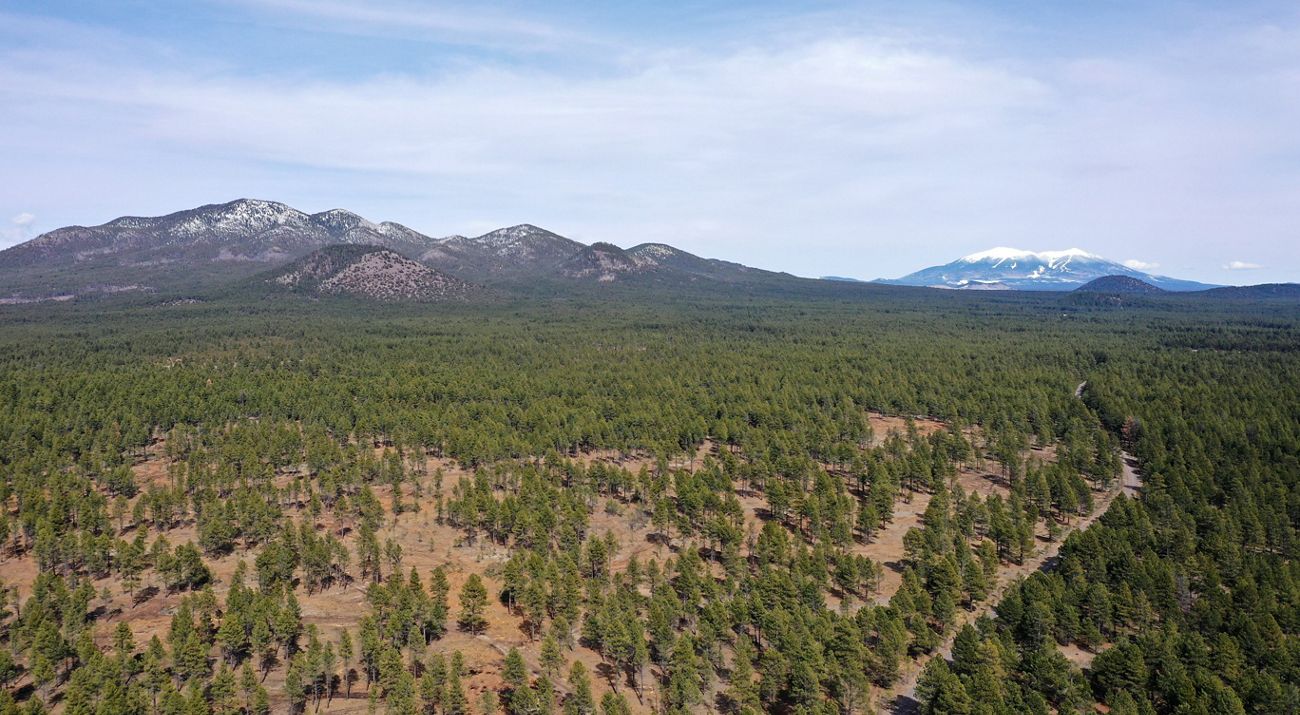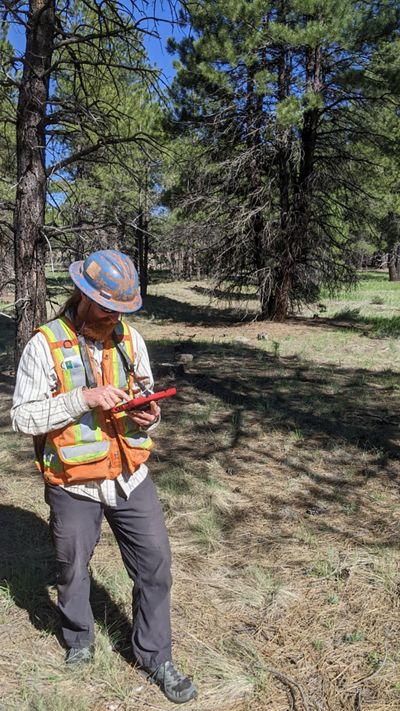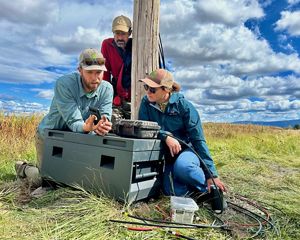Arizona’s Tech-Driven Forest Restoration Sets Example for Western States
Technology Improves Pace and Scale of Preparing Forests for Thinning While Cutting Costs

Media Contacts
-
Lena Rueck
Media Relations
Phone: 801-822-7990
Forest crews using digital tools like tablets, satellite imagery and LiDAR were able to prepare 10 times more land for treatment, five times faster and at one-tenth the cost of traditional paint-marking methods. This was done without compromising ecological outcomes.
These striking results come from a first-of-its-kind forest restoration demonstration on the Coconino National Forest in Arizona. The findings, published in August in the Journal of Forestry, are part of the Walker Hill Project, a collaboration among The Nature Conservancy (TNC) in Arizona, Northern Arizona University, the U.S. Forest Service and Paul Smith’s College.

The use of the technology shows great potential about how on-the-ground solutions like this can increase pace of restoration throughout our western dry forests to improve forest resilience and reduce wildfire threats.
“The digital-marking technology clearly demonstrates how forest managers can save time and money and, equally as important, increase the pace of preparing forests for restoration,” said Travis Woolley, a co-author of the paper and a forest ecologist for The Nature Conservancy in Arizona. “It’s encouraging to know that other forests in the West are already exploring how to adapt our approach to improve their own forest management tactics.”
Many forests in the western U.S. are overcrowded, exacerbated by a century of fire suppression and climate-driven impacts such as extreme heat and drought. In Arizona, for example, healthy forests historically supported fewer than 100 trees an acre. Today, forests can have upwards of 1,500 trees per acre.
With a single spark, this dry, dense growth increases the risk of uncharacteristically severe wildfires. Heavy rains following these types of wildfires send ash and sediment into reservoirs, which can increase the risk of post-wildfire flooding and devastate water supplies.
To mitigate this risk, operators thin forests by selectively removing small-diameter or unhealthy trees. Traditionally, teams walked through the woods with cans of paint, marking the trees to keep. It is a slow, expensive and labor-intensive process that limits how much land can be treated each year.
The research focused on restoration outcomes in the 410-acre Walker Hill Project, a section of the Coconino National Forest and part of the Four Forest Restoration Initiative (4FRI) effort to restore 2 million acres of fire-prone forests in Arizona.
Along with the traditional paint-marking method, crews applied four other methods using newer digital techniques:
- Digital technology using tablets with satellite imagery, enabling digital plans to be produced directly in the field.
- Designation by Prescription using written guidelines that allowed operators to select trees on-site based on forest conditions.
- LiDAR technology, which provided detailed maps of the forest canopy to help crews make more precise decisions.
- Desktop Marking, which allowed forest managers to create thinning plans entirely from the office using remote data, which crews then followed using GPS-enabled devices.
By accomplishing more in less time with available resources, digital tools dramatically increased the pace of preparing forests for restoration.
For every 1,000 acres prepared with traditional methods, what once took 155 days can now be completed in just 31 days. And with the same amount of funding, crews can prepare approximately 10,000 acres using digital tools.
The Nature Conservancy is a global conservation organization dedicated to conserving the lands and waters on which all life depends. Guided by science, we create innovative, on-the-ground solutions to our world’s toughest challenges so that nature and people can thrive together. We are tackling climate change, conserving lands, waters and oceans at an unprecedented scale, providing food and water sustainably and helping make cities more resilient. The Nature Conservancy is working to make a lasting difference around the world in 83 countries and territories (39 by direct conservation impact and 44 through partners) through a collaborative approach that engages local communities, governments, the private sector, and other partners. To learn more, visit nature.org or follow @nature_press on X.


